SEM Best Practices to recover from crisis
Get the most out of Search Engine Marketing
EveryMundo has established an SEM best practices strategy to allow you to adapt to the existing demand decrease in the travel industry due to the COVID-19 crisis, and to prepare a restart method mitigating any undesired impacts.
This page covers our recommendations on SEM best practices during two phases: mid-crisis and restart.
Mid-Crisis
Current low or flat capacity
- Understand and adapt to consumer behavior by leveraging EveryMundo data insights
- Find opportunities for potential travel
Restart
Demand starts to increase
- EveryMundo’s technology will help you decide where to invest
- Take actions to achieve incrementality
Determine SEM best practices during each phase:
1. Rethink your KPIs – focus on Cost of Sale (CoS) targets
Consider the reality of the market:
- Unpredictable market: Budget and revenue goals should not be the focus; these are based on historic information.
- Empty planes in the sky: During the restart phase, planes will have a very low load factor; any new ticket sold via SEM will be considered incremental.
- Load factor will be unpredictable: Leverage user search behavior and Impression Share metrics to forecast demand.
Set realistic goals; there is less demand, less sales, and a longer customer journey:
- Move to Cost of Sale (CoS) targets: How much are you willing to pay for a seat that would have been empty otherwise? An incremental sale is much higher during the restart strategy.
- Set realistic CoS targets: Historic low CoS targets are based on a stable/predictable market.
- Change the monthly mindset to a weekly mindset: Demand and yield will change constantly, therefore we need to re-evaluate goals every week.
Sales targets and budget planning was typically determined by historical data and a stable market. This is no longer applicable, not at least during the restart phase. Revenue and specific budgets for media channel and marketing strategies are meant to be for a predictable market only. That being said, shifting to a mindset of Cost of Sale targets for every new strategy will be crucial going forward.
Cost-efficiency will be critical during the Restart, together with an assessment of incrementality and the right price to pay for it. In a low load factor environment, airlines must reset the cost of sales expectations in pursuit of load factor. Any new ticket sold at the moment will be considered as incremental, given planes are empty both in the skies and on the ground, so airlines should do whatever possible to make sure they are filling those seats.
Incrementality of a sale right now is much, much higher than in the past, and will remain so for a while. That means the airline needs to assess the variable cost of a passenger; the fixed costs of putting a plane in the air will happen no matter what, so what is the true gross profit of each passenger that buys a flight?
Set up flexible Cost of Sales targets that will help reacquire new customers. In addition, airlines will need to change the monthly mindset to a weekly mindset. Demand and yield will be changing constantly, therefore we need to reevaluate goals every week.
2. Forecast Demand
How to forecast demand to optimize for incremental revenue?
- Use real-time search behavior on your booking flow via FareNet.
- Leverage Impression Share by bidding on all routes, even if they are not active yet.
Forecast demand through real-time search behavior on your booking flow via FareNet.
EveryMundo’s FareNet pixel monitors user search behavior in your booking flow, allowing you to access the following data:
- Actionable IBE dashboard: Observe the routes with most demand in your booking engine including historic average fare information.
- Daily Demand by Departure Date dashboard: identify when your customers are planning their future trips by route in every market. See next slide for an example.
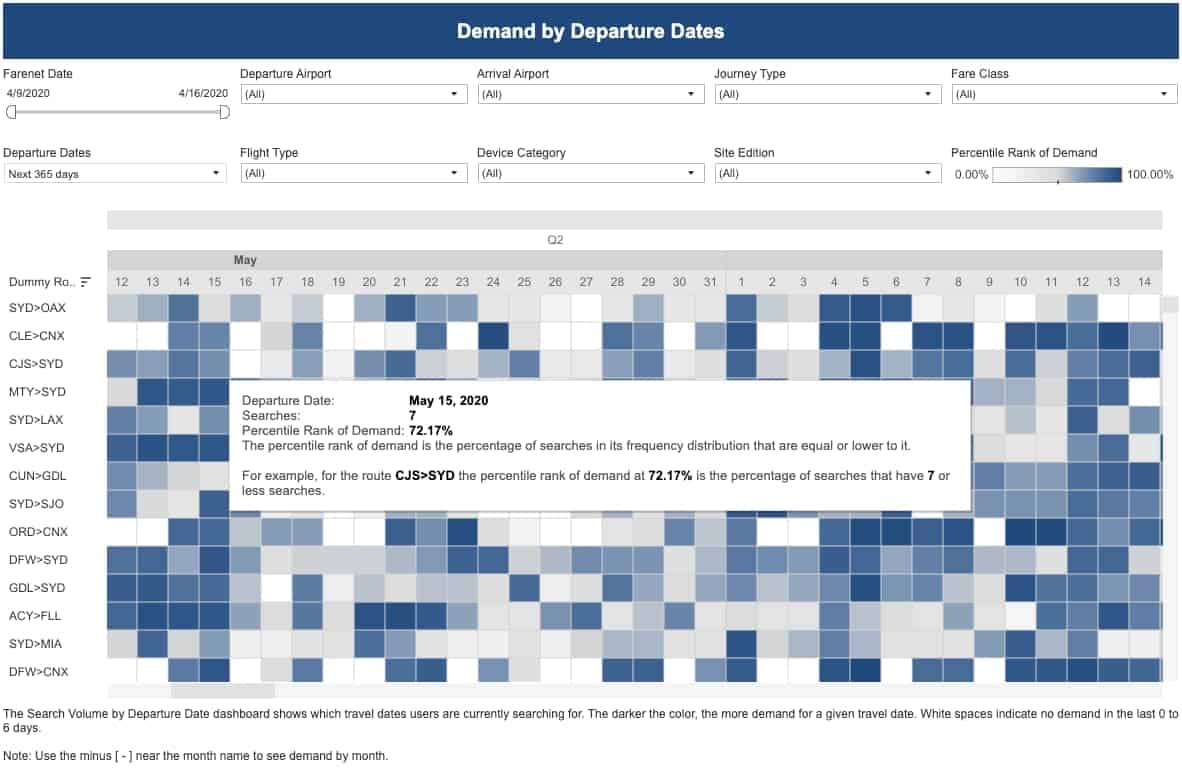
Leverage % Search Impression Share to forecast search demand across the entire airline network
Airlines can use airSEM to place paid search ads on Google that will help determine fare demand. This works by taking the Impression Share Data Google Ads Words provides for paid ads. Impression share is the number of impressions an ad received divided by the estimated number of impressions you were eligible to receive.
We recommend the tactic of bidding a little on a lot – meaning airlines should bid a small amount for every one of their routes to capture demand for their network and use that information to determine if and when they should offer more flights.
Example of impression share by campaign:

- SEM as a source of demand: re-enable your full network (at a low and controlled CPCs) to forecast possible available searches by market and route.
- Forecast demand with actual impressions: with % Impression Share we can forecast potential number of searches by multiplying IS with the number of impressions acquired for that given route and market. E.g., 100 impressions at a 10% IS predicts 1000 searches.
- Granular and route-specific naming convention: leverage routes at a Campaign level. Having a detailed structure, and treating each route as a unique product, will help you take compelling actions.
Example of EveryMundo’s naming convention via airBLDR technology:
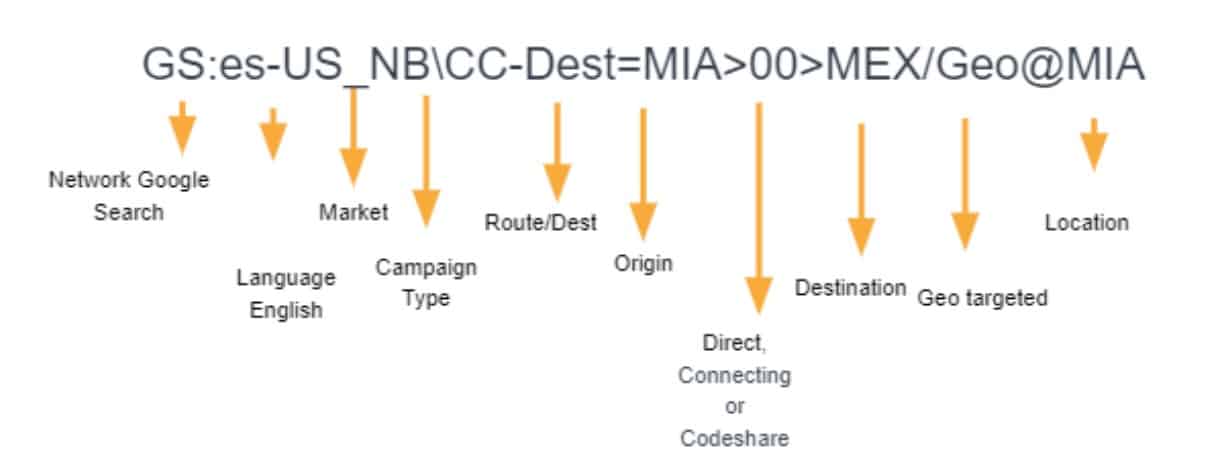
Update your airTRFX website with information on:
- Operating routes: use the Route Status airModule to provide customers visibility into available routes and country travel bans.
- Use airTRFX custom pages to build a framework of information sharing during COVID-19.
- Build a custom landing page for COVID-19 with airTRFX to share information about extra precautions you’re taking, if you’re providing any extra services to the community, or whether you’re experiencing delays.
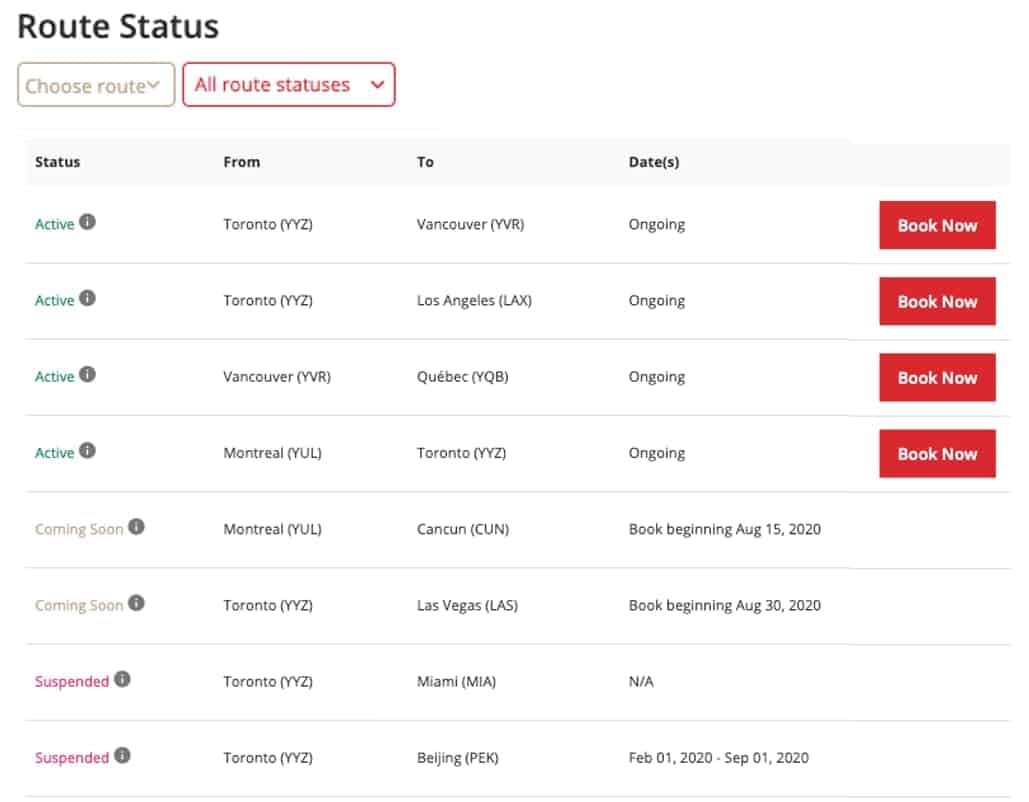
Use Paid Search to share the latest updates
- Share key information through Sitelinks in the Ad Copy of your SEM campaigns to keep all your passengers up to date.
- Each Sitelink below the ad should direct visitors to relevant airTRFX pages when they can find additional information.

4. Adjust Offerings and Communication
Communicate your current offerings to push demand.
Include in your Ad Copy messages about refundable fares, travel insurance, or “travel with confidence” and changes and cancellation options.
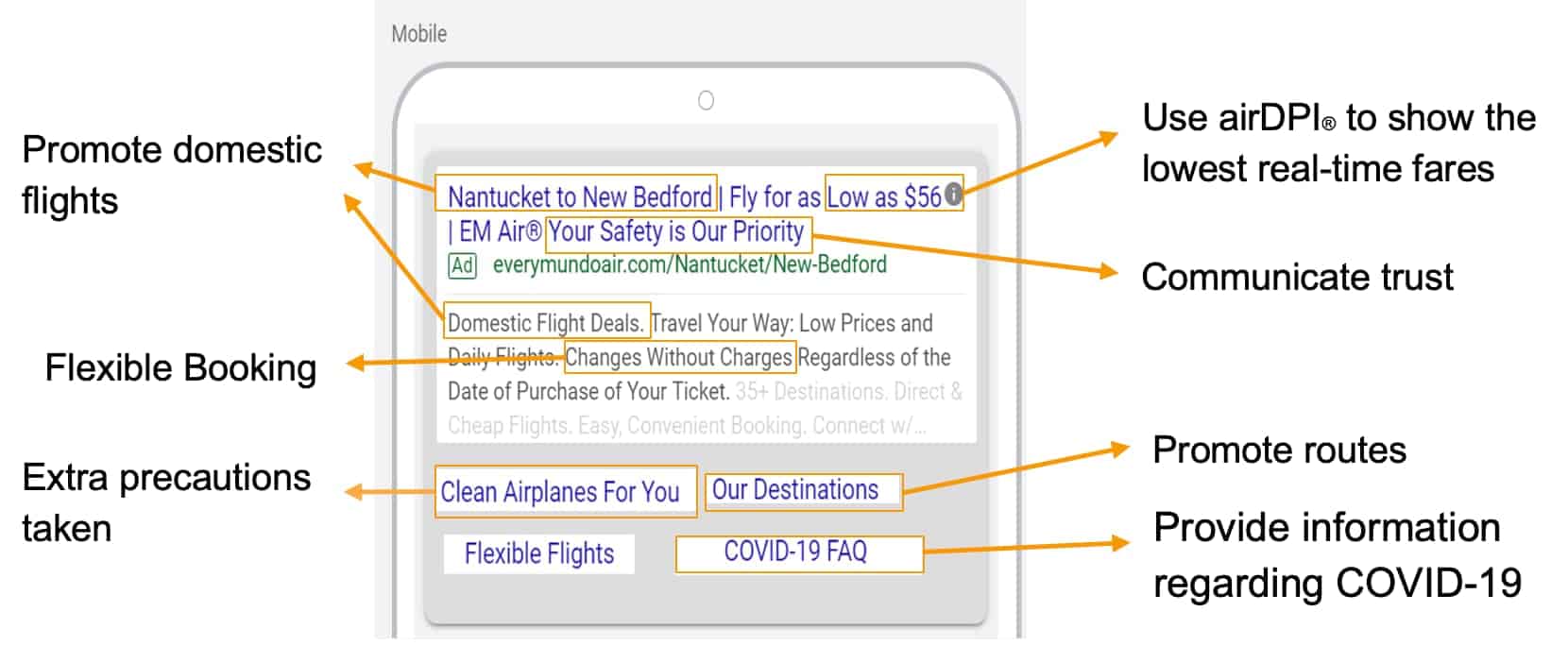
Offer flexible changes and cancellation options to drive booking confidence
Use the campaign feature in airTRFX Control to create banners in all landing pages, communicating your flexible policy.
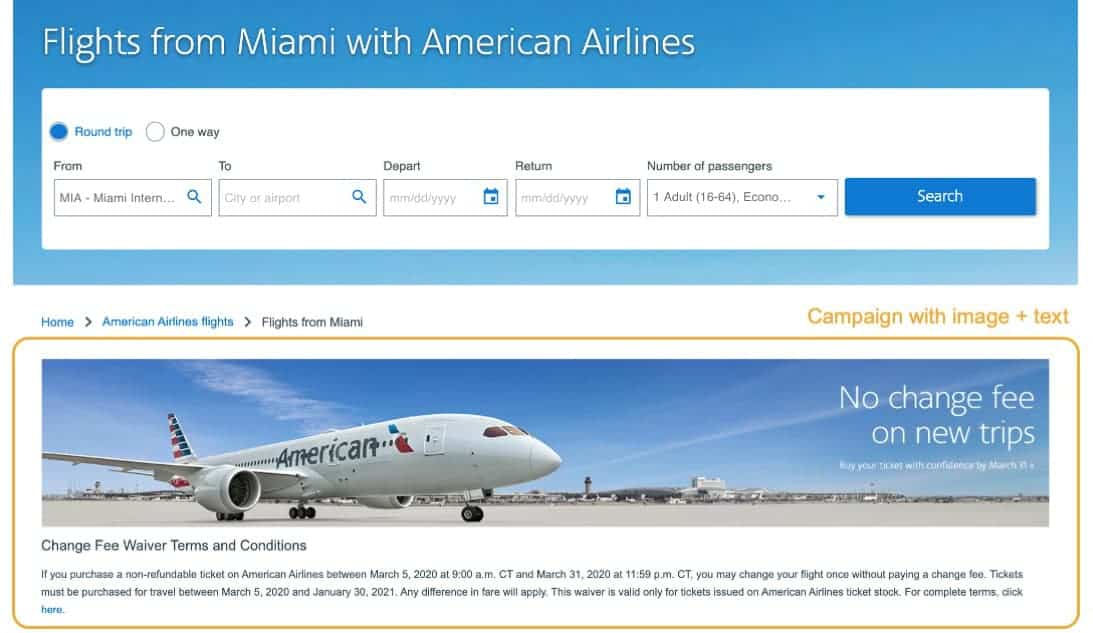
5. Explore areas of Opportunity
Use Fare Marketing to incentivize bookings by communicating your best fares.
Show real-time fares in your Search Ads with airDPI.
- Show future fares and adjust the logic as demand returns. These fares will be consistent with the airTRFX landing pages.

Leverage Fare Marketing to re-acquire customers.
Adjust the logic of airTRFX airModules to show flight itineraries and fares in the future.
- You can adjust the airTRFX Fare airModules with the fare advertised in the Search Ad.
- This will be key to keep fare consistency and improve conversion.
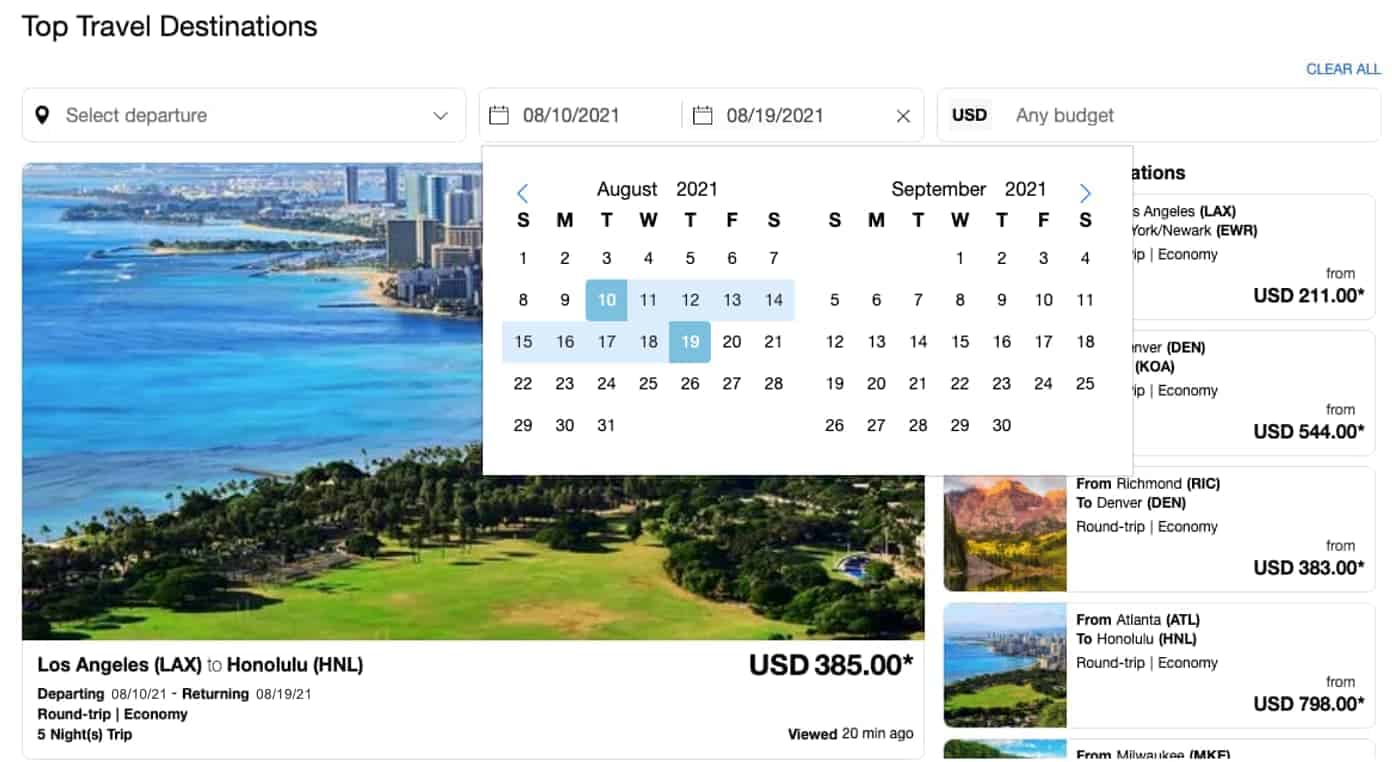
Advertise future travel through relevant fares and flight options.
- Build custom pages to advertise flights departing in the future.
- Leverage price caps and time filters in Custom Fare airModules to communicate relevant fares and flight options.
- Adjust your campaigns to the current situation; it is easy and scalable with Custom Fare airModules.
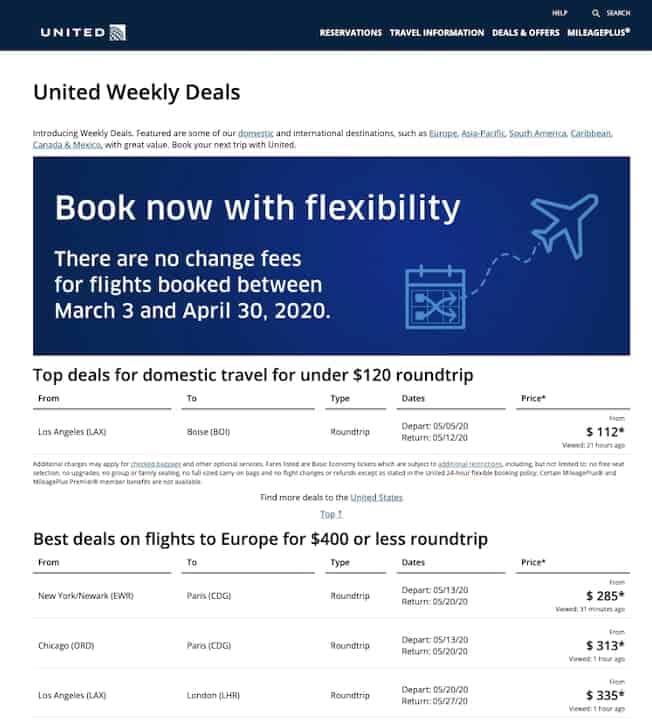
Promote domestic travel.
- Focus your initial SEM budget on domestic travel as this market is more resilient. International markets are affected by national restrictions on travel.
- Build Custom Pages and Custom Fare airModules to promote domestic routes.
- Leverage sitelinks in SEM to promote landing pages focused on domestic travel.
- Note: User Search Data from these airModules can be used to show which routes and dates are most popular and can provide insight on future demand.
Airlines can prepare for restarting their domestic travel by creating Custom Pages for domestic routes. Using airTRFX Control, airlines can create an unlimited number of Custom Pages with real-time fares for every route in their network.
On the Custom Pages airlines should include a Custom Fare airModule that is pre-populated with future dates to encourage visitors to think further into the future when looking for a flight.
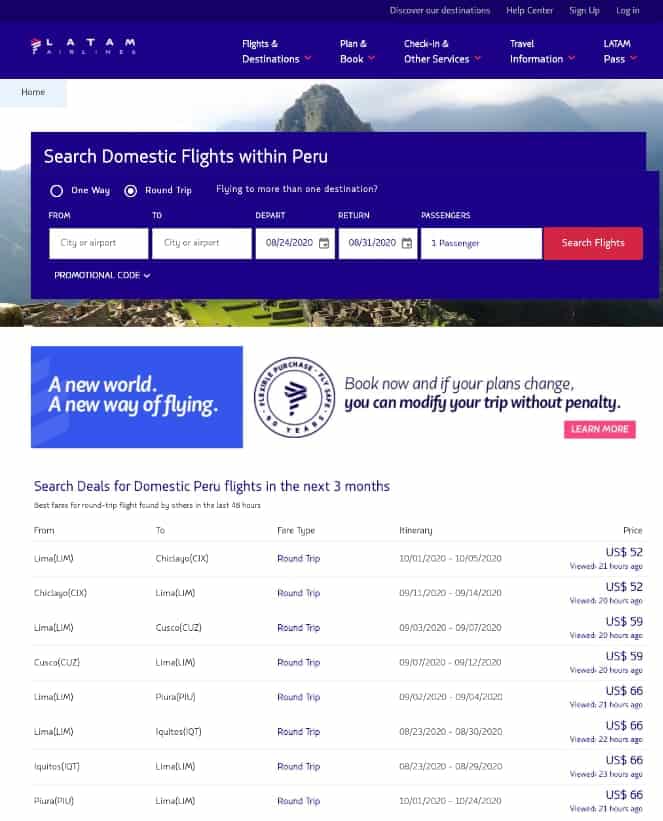
Low Cost per Click (CPC) will represent a unique opportunity to gain visibility.
- Affordability due to low CPCs: Top positions have decreased their CPCs by -74% due to a significant decline in competition.
- Take advantage of the existing search volume and the affordability of ranking in top positions.
- This is the opportunity to have a higher online presence since many competitors stopped advertising.
6. Protect your Brand
Avoid irrelevant traffic
- Expand your negative keywords: we recommend to exclude the following keywords as phrase match across all campaigns.
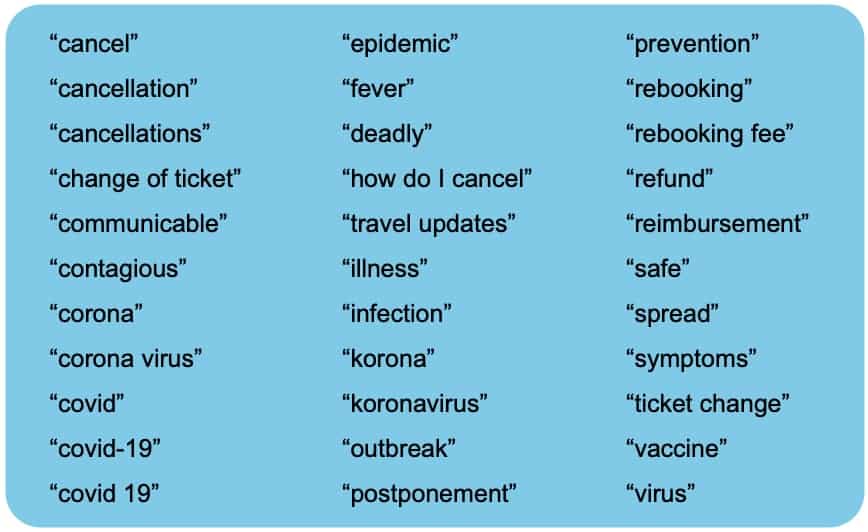
Revisit search queries to negate non-performing terms.
- Review your search term reports regularly and prevent the budget from going to irrelevant searches.
- Use Google Trends to identify the most searched terms related to COVID-19 and these from your SEM Campaigns.
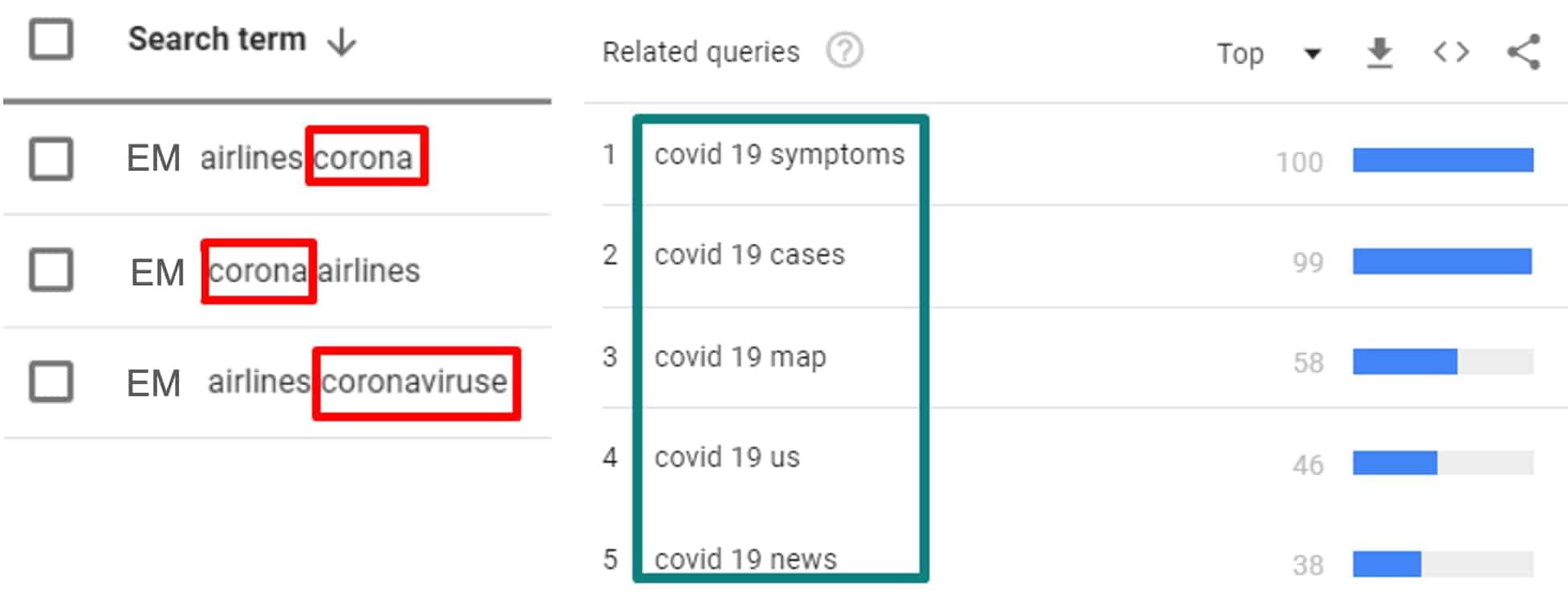
7. Focus on Relevant Audiences
Optimize audiences considering purchase intent and time frame.
- Purchase intent is significantly impacted every day since there are new airports closing, new routes cancelling, and there is less demand overall.
- Consider reducing bid adjustments on remarketing audiences that visited your web more than 30 days ago.
- Increase bid boosts on remarketing lists to retain recent users, using purchase funnel information.

Leverage your customer’s activities through retargeting.
- Save audiences that have recently cancelled their flights by leveraging URL parameters (example: URL contains “cancel”) in order to re-target them once the crisis subsides.
- Leverage pages that have high demand due to COVID-19 then build Remarketing Strategies to recover cancelled flights.
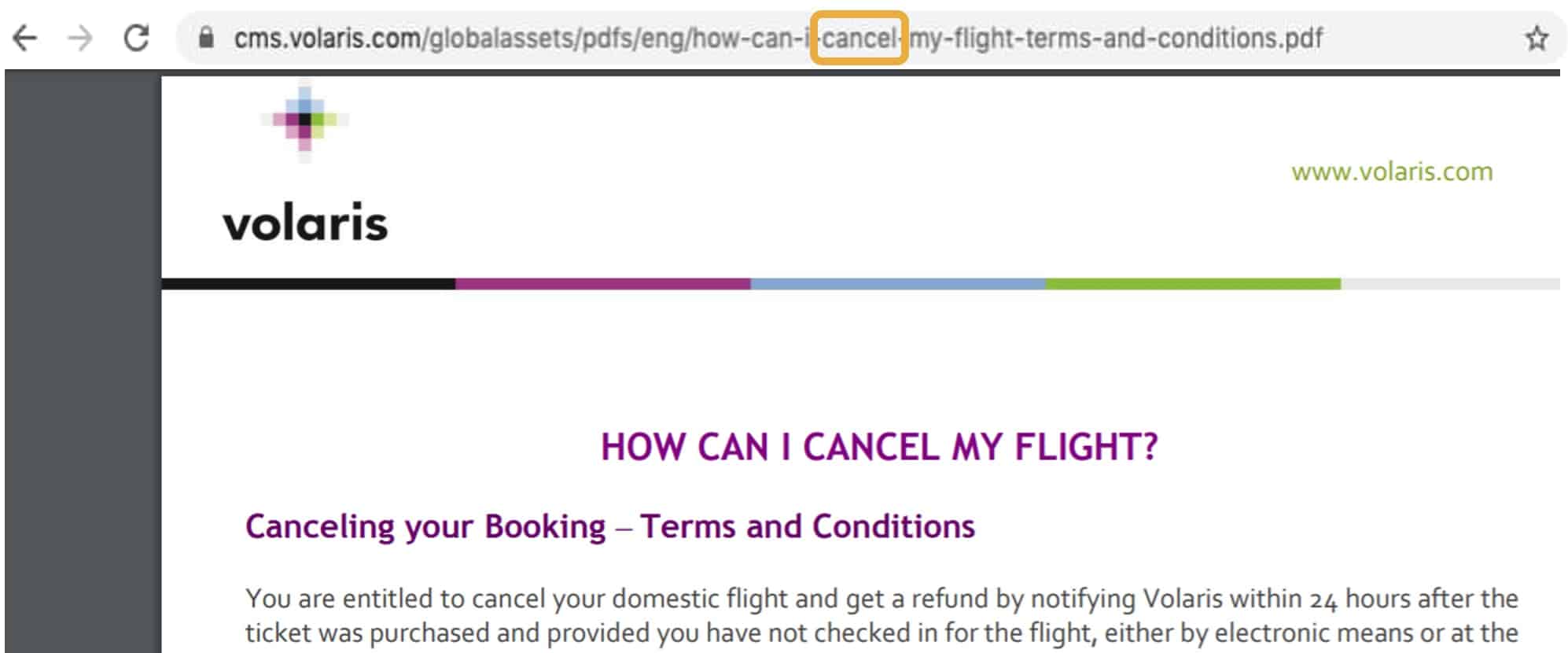
Consider new audiences for future optimizations.
- Target untapped markets with in-market audiences. This is especially important since the customer journey is now longer and users bounce from one network to another.
- In-market audiences will allow airlines to target customers who are actively searching across multiple networks but haven’t visited your site to finalize their booking.
- In-market audiences is a way to connect with consumers who are actively researching or comparing bookings across Google Display, search and youtube network. In this way, Google accurately categorizes users so you can target those most interested in your offerings but haven’t visited your site.
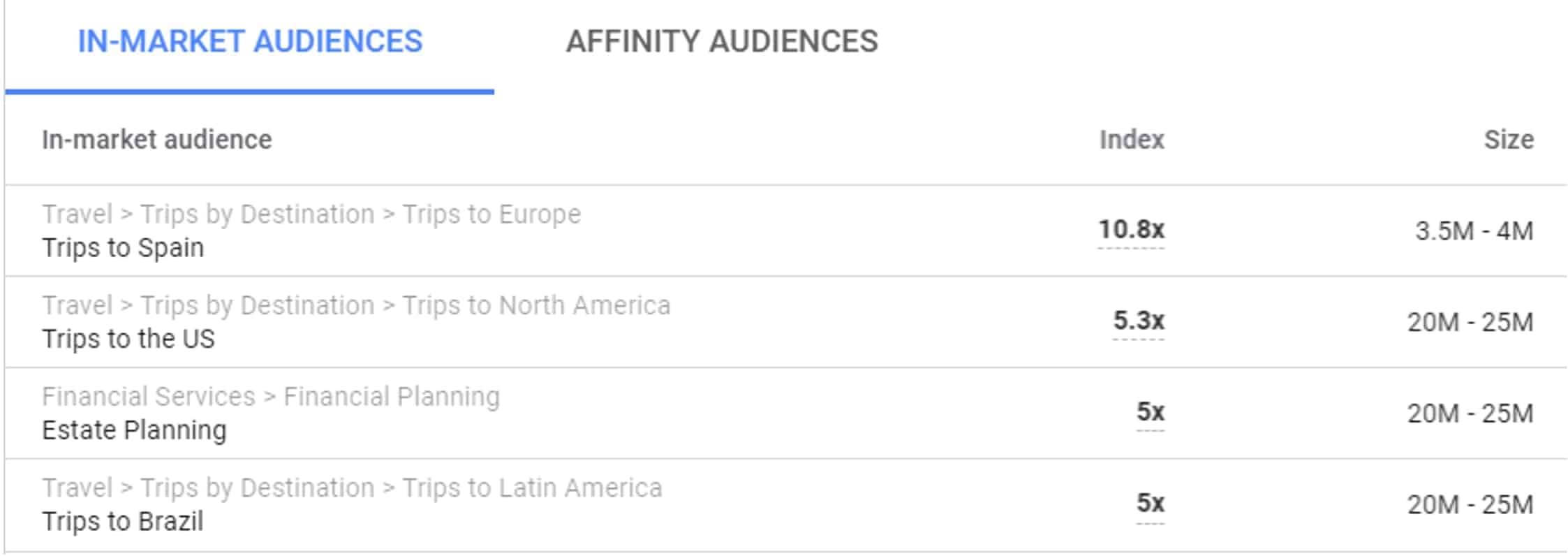
8. Adapt to Traffic Device Usage
Revisit and adjust bidding by device.
- PC usage is increasing and desktop search is rising because more employees began working from home, therefore, desktop impression and/or click share has been increasing.
- Revisit your existing bid adjustments on desktops. If you have a strong negative bid adjustment on desktop, consider removing it or lowering the percentage.
9. Track your Changes
Implement labels and keep track of your changes.
- Use labels on campaigns, ad groups, and paused ads during the crisis.
- Simply “undo changes” when it’s time to revert back.
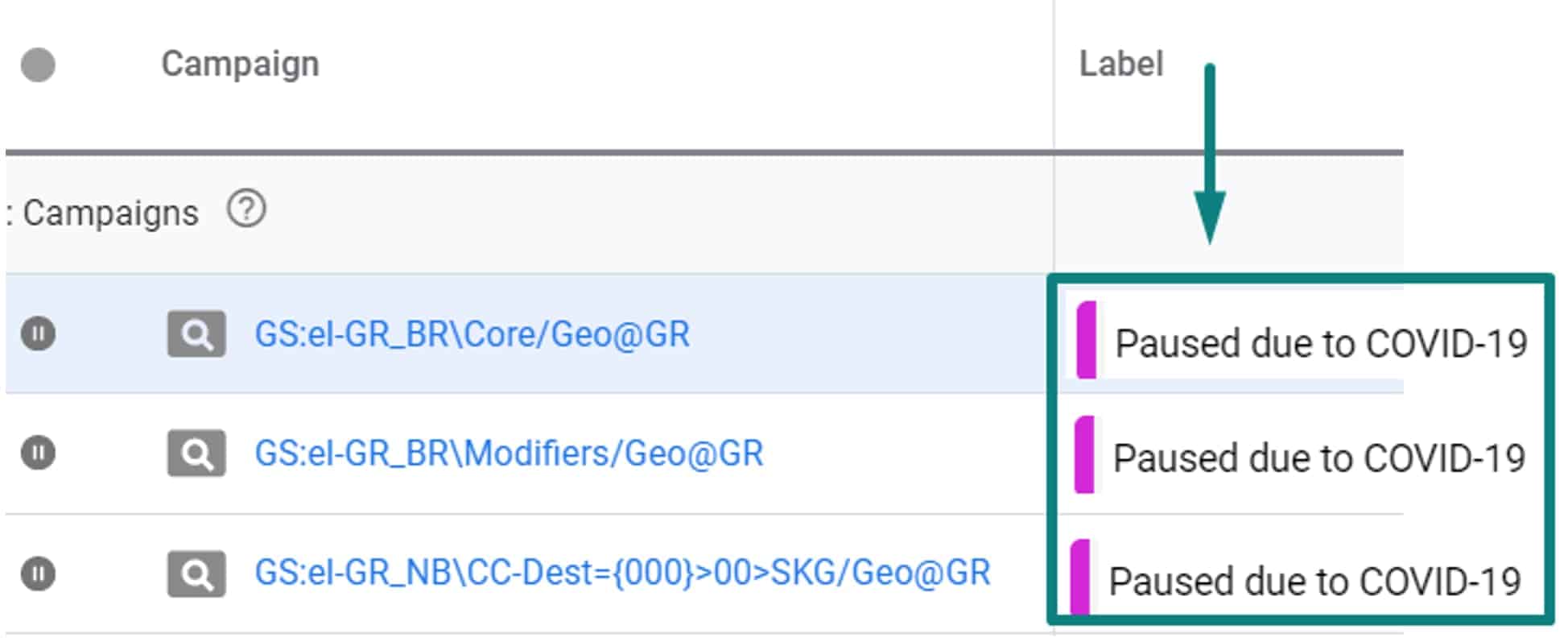
10. Expect High Competition
Expect high competition with an increased CPC
- Once the COVID-19 crisis ceases and search volume resurges, past competitors will return to auction and existing competitors will increase their bids.
- Many OTAs and Meta Search Sites have not stopped their SEM efforts during COVID-19.
- There will be a competitive landscape especially during the Recovery Phase.
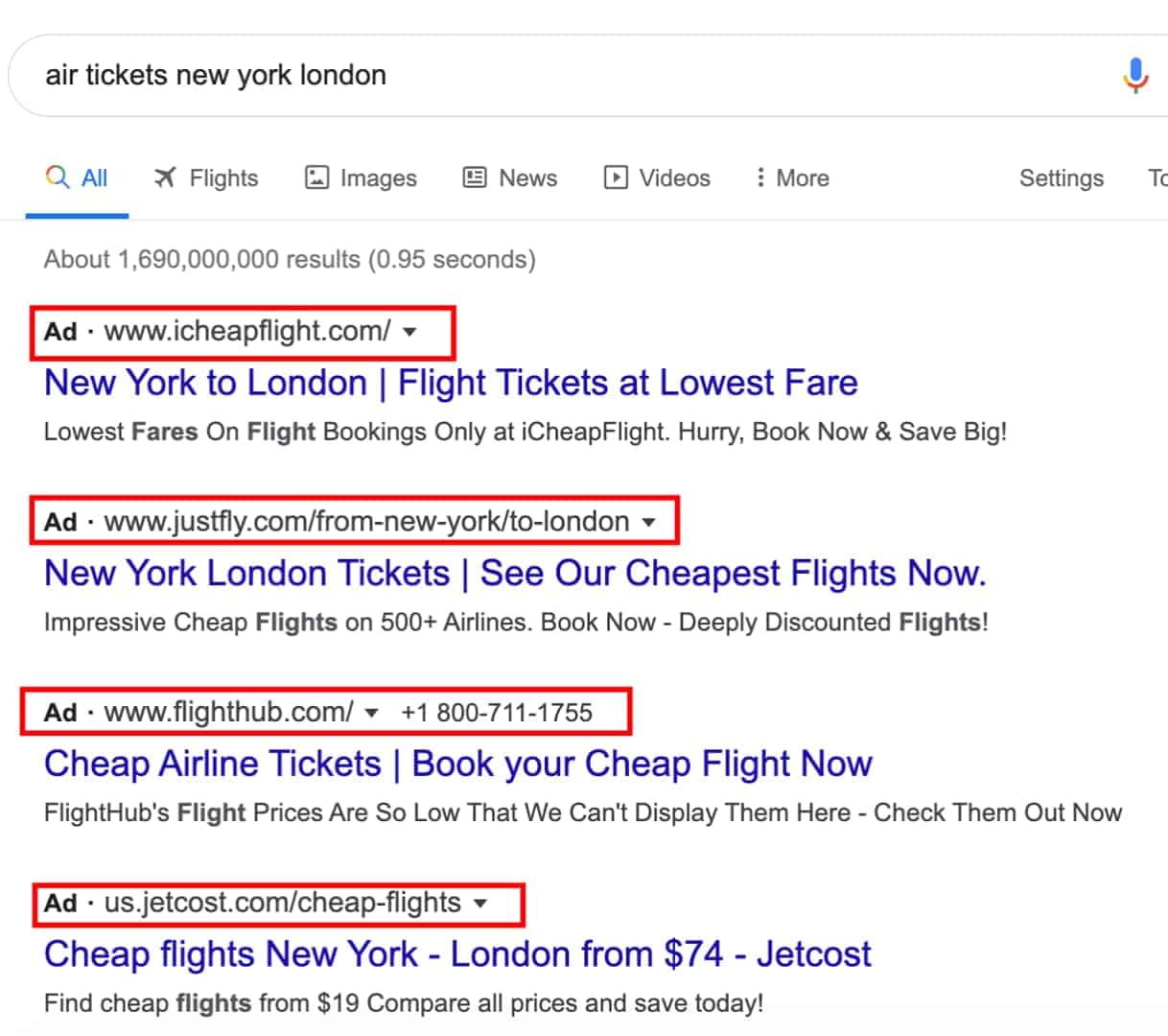
11. Stay Informed
Stay informed with the Google Trends tool
- Google Trends: find search volume insights over time and trending queries by country.
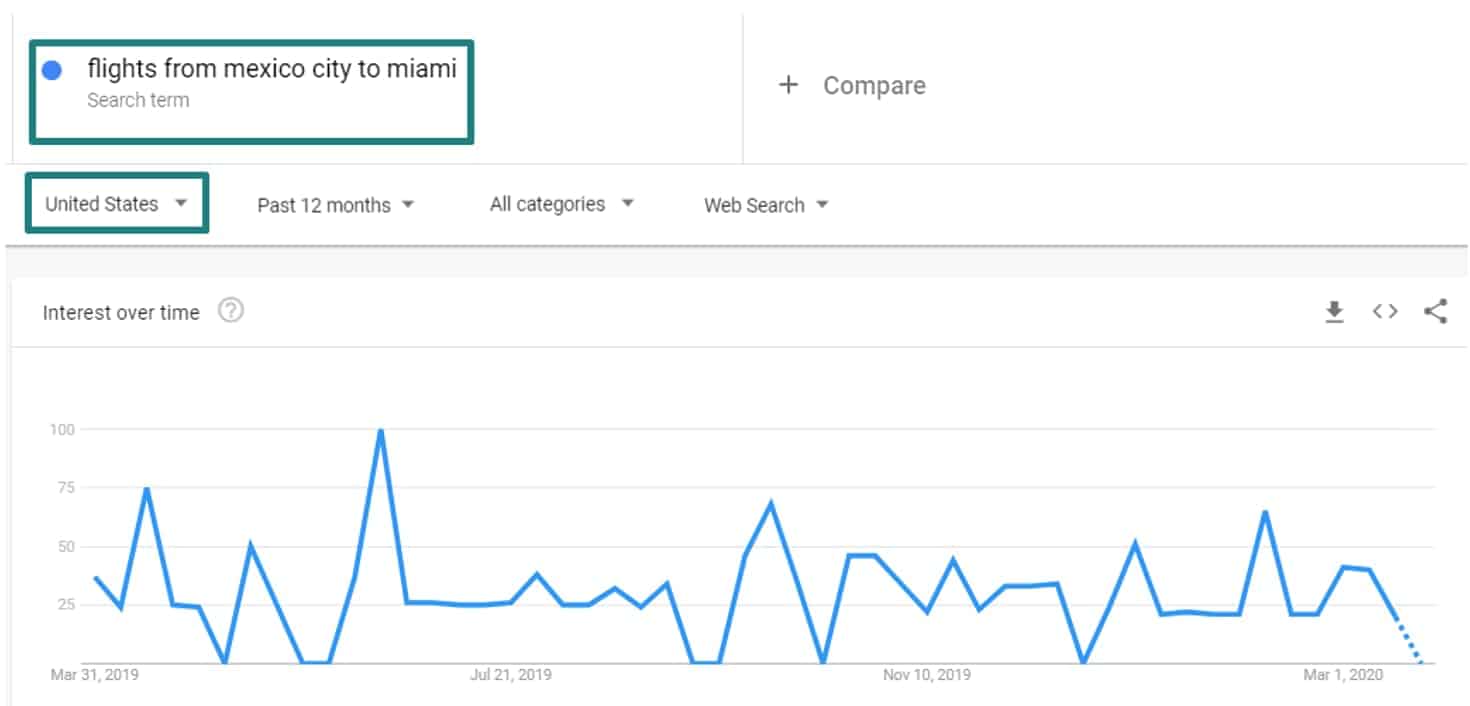
Leverage Google Alerts to keep up to date with the industry news
- Google Alerts: relevant news around the industry.
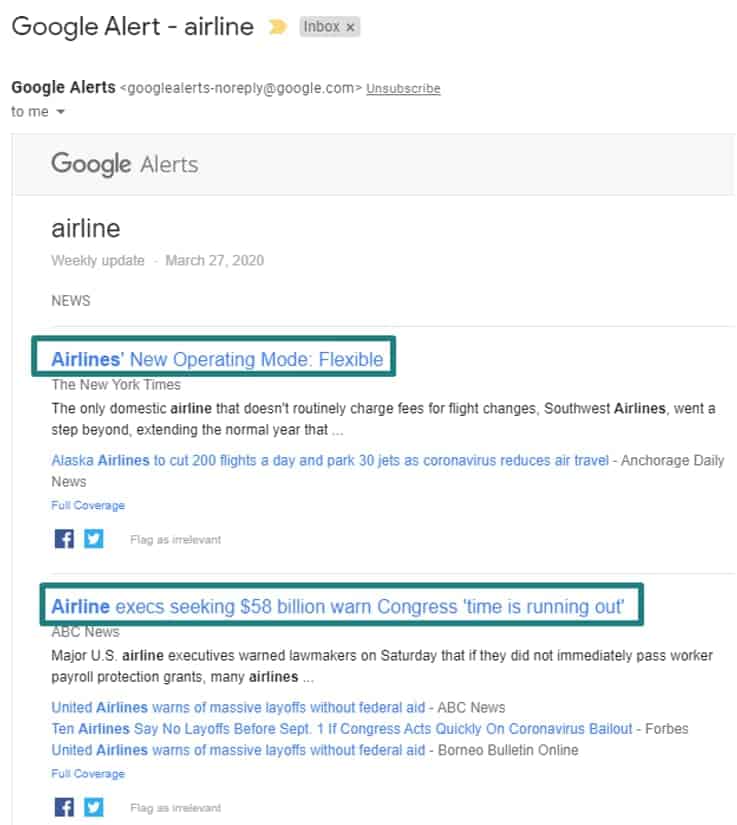
Ready to launch high performance SEM?
We’ll show you how.
